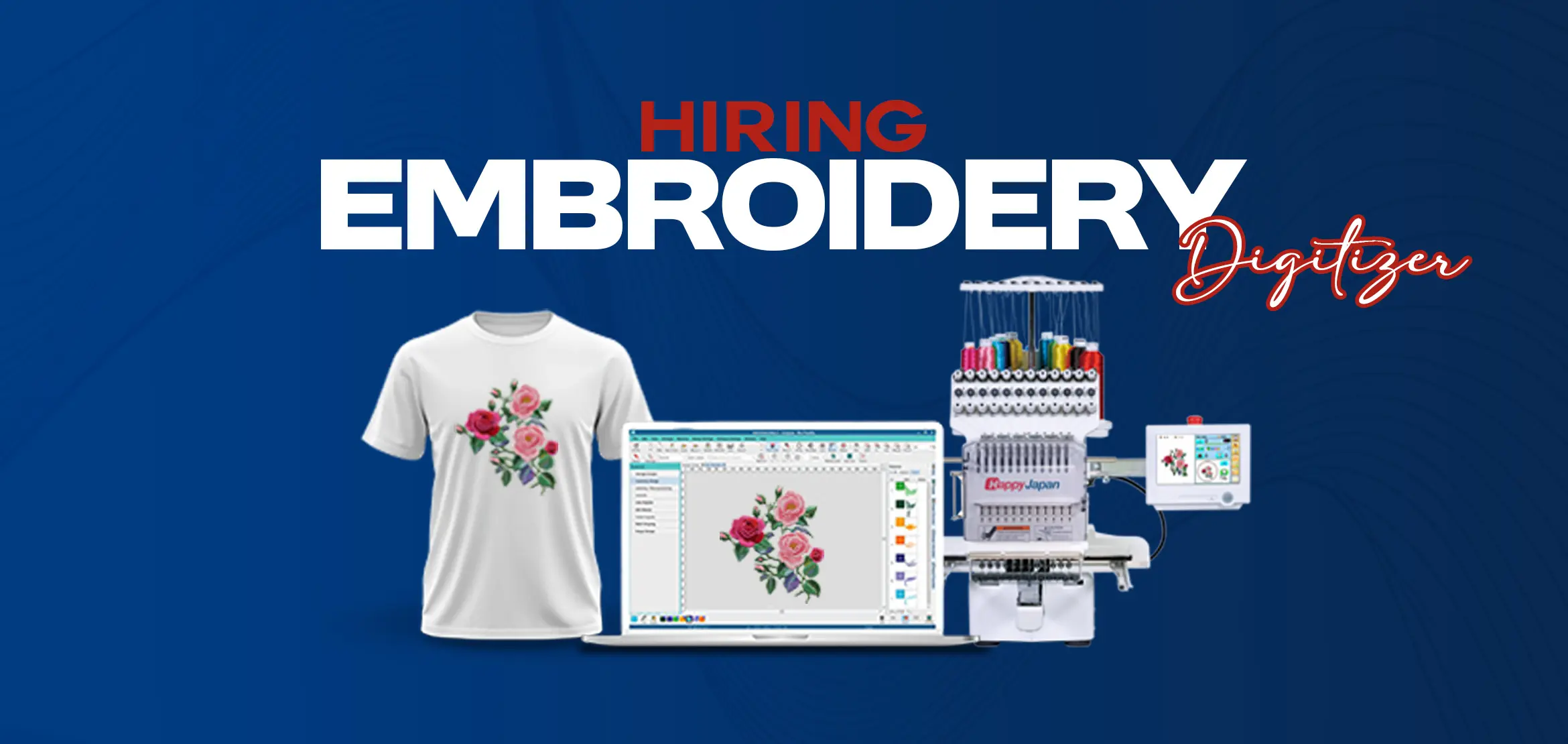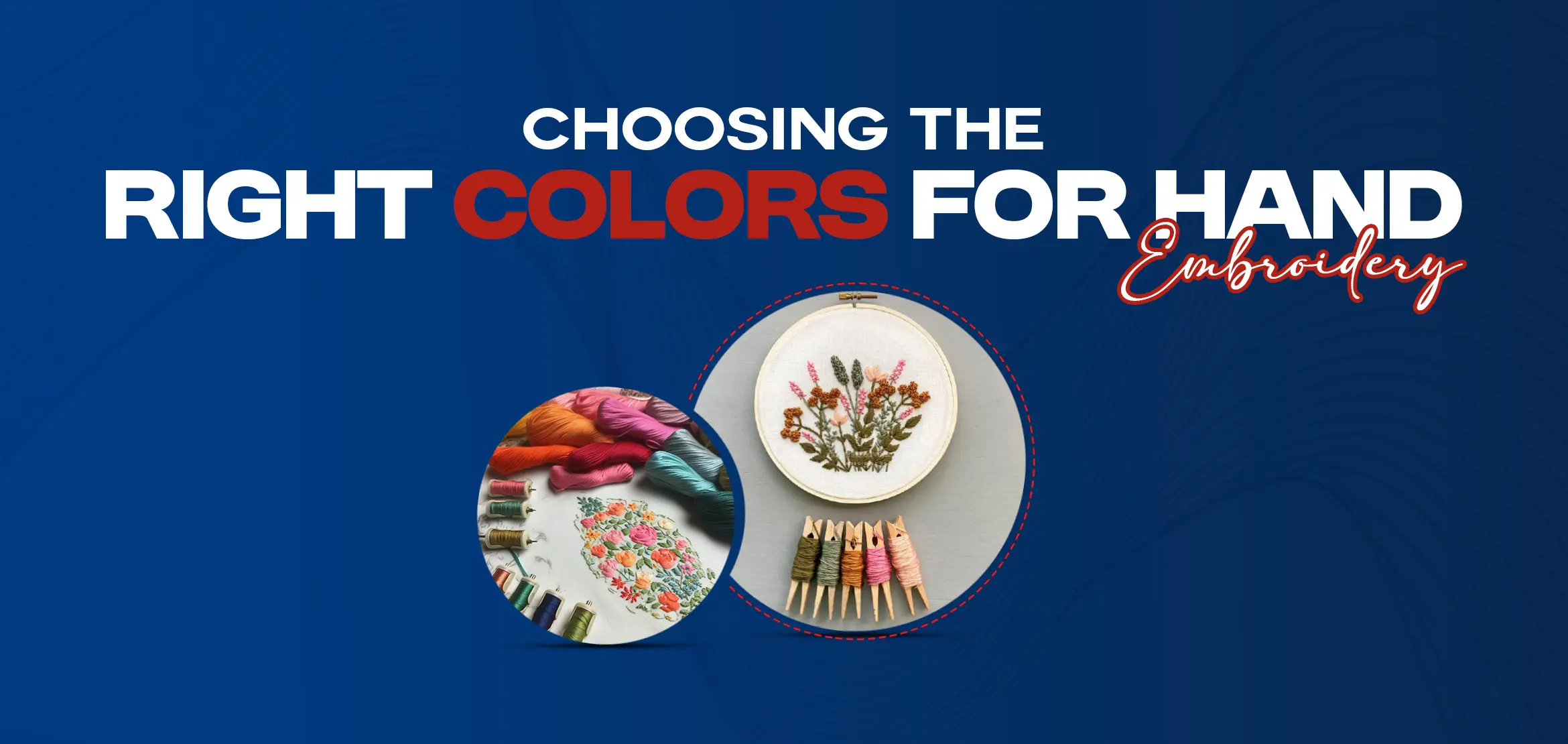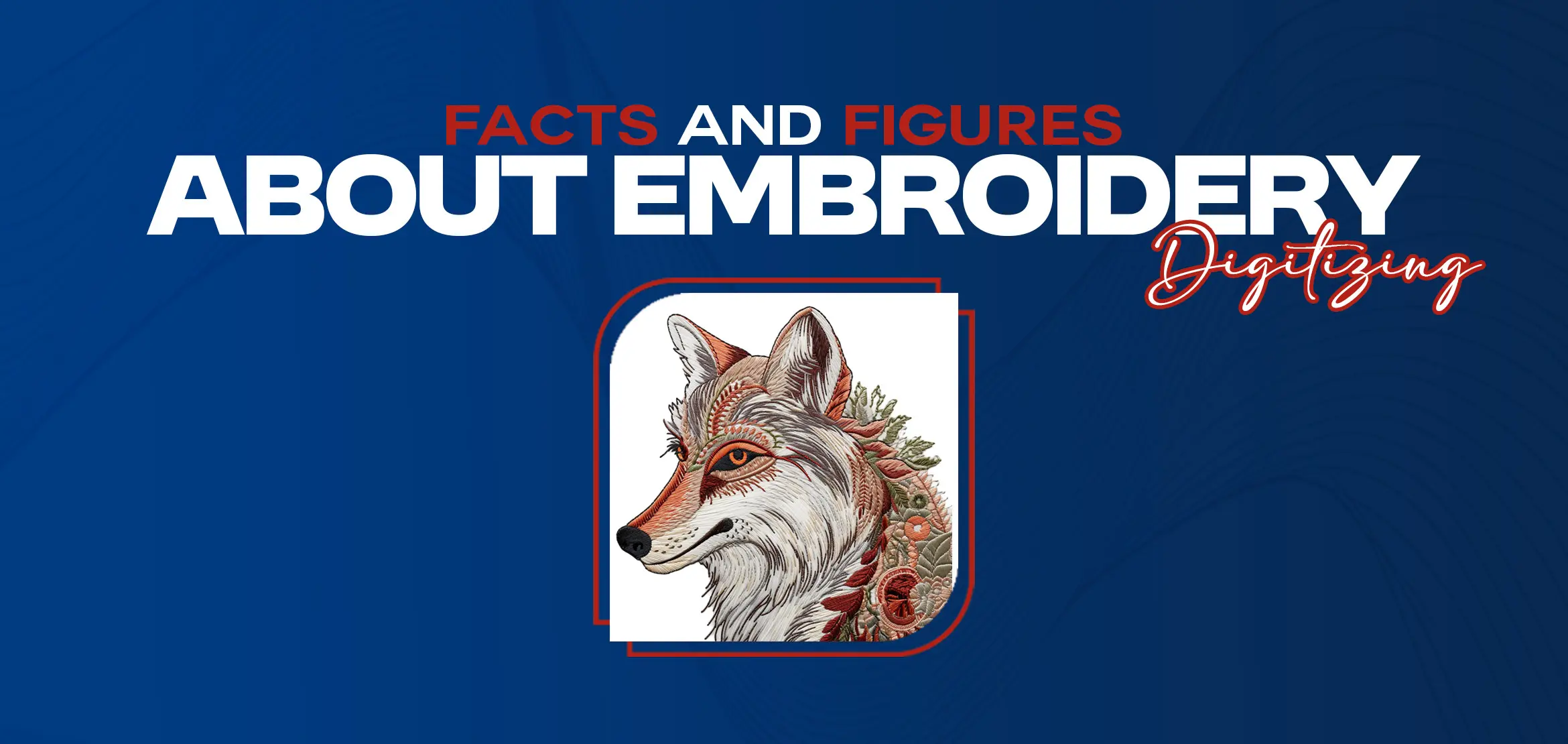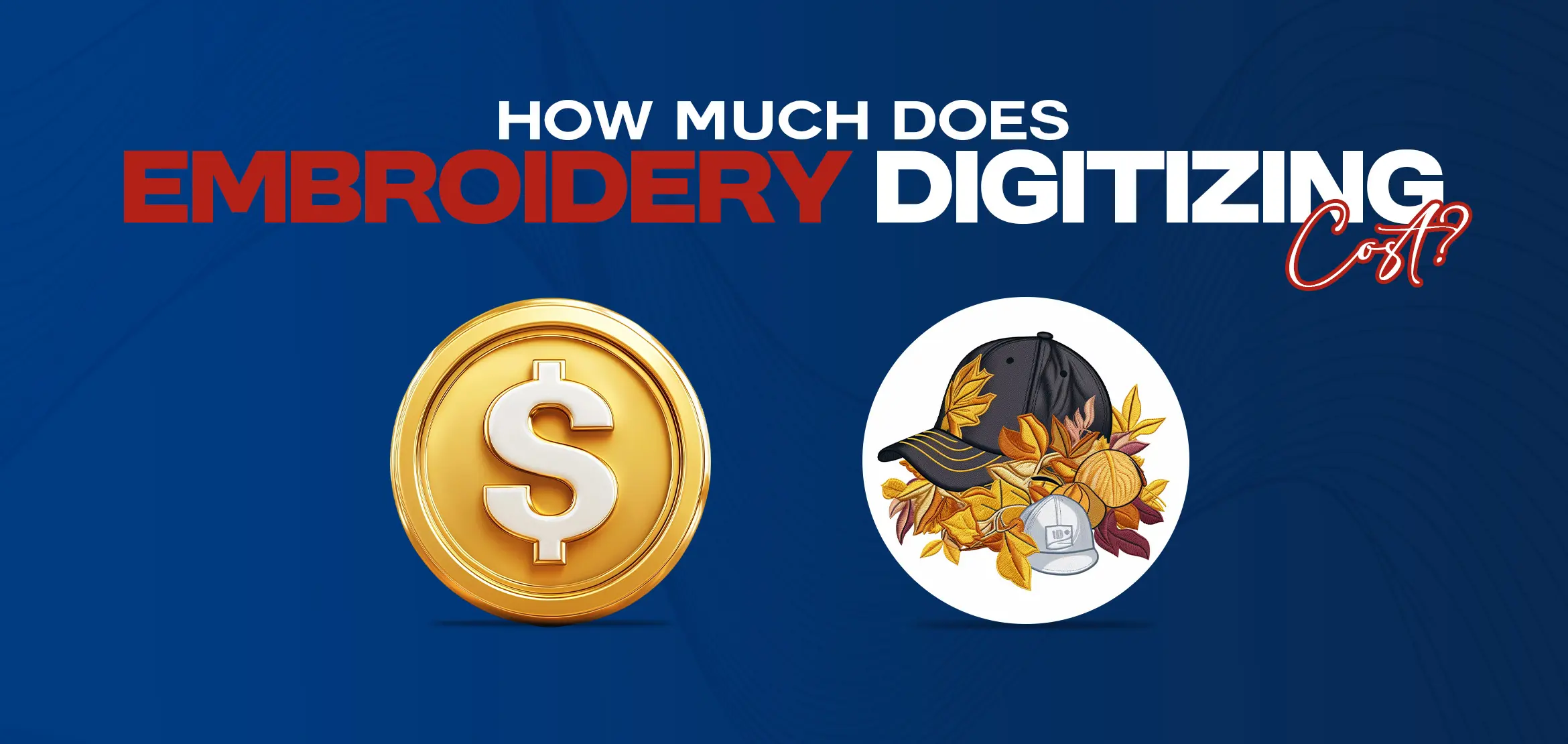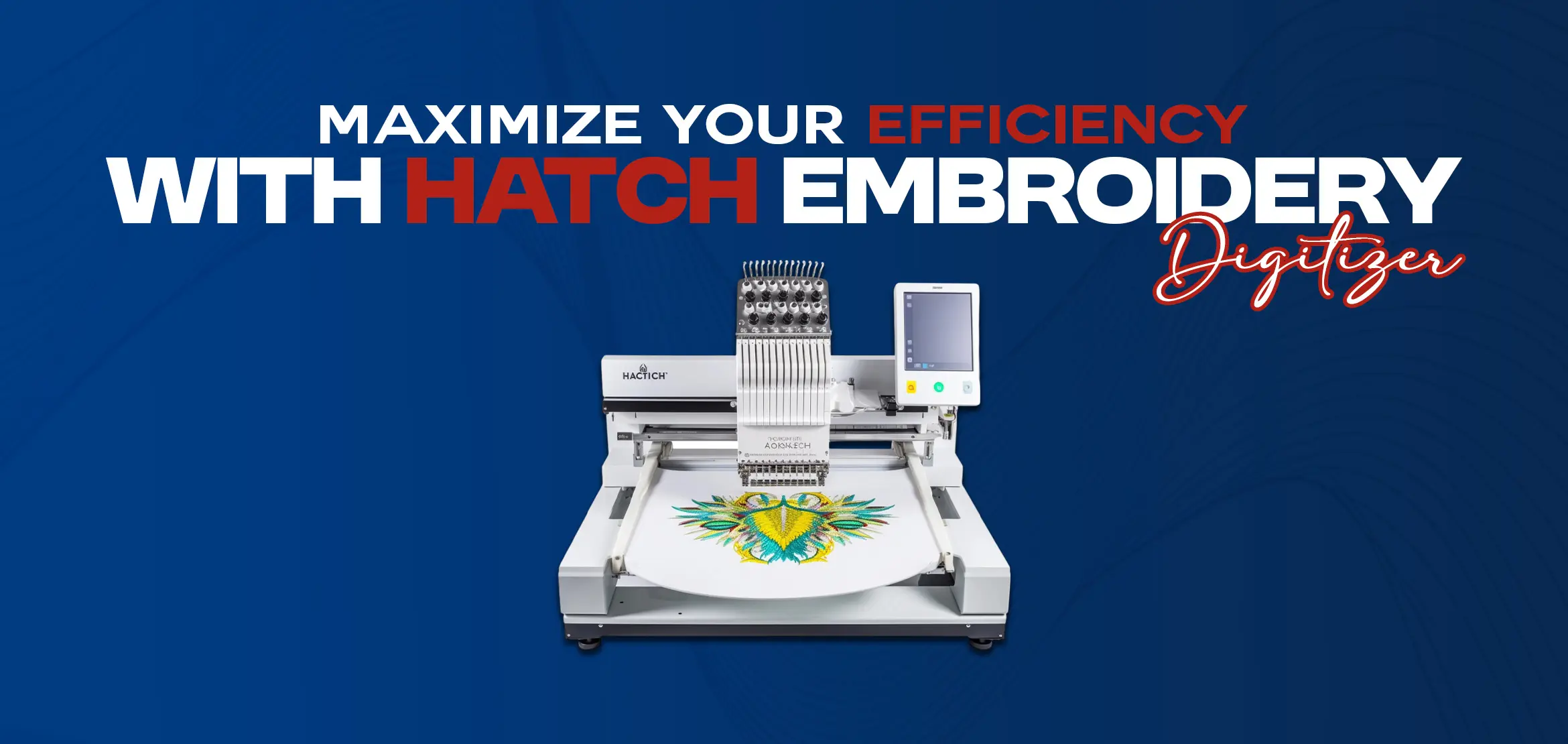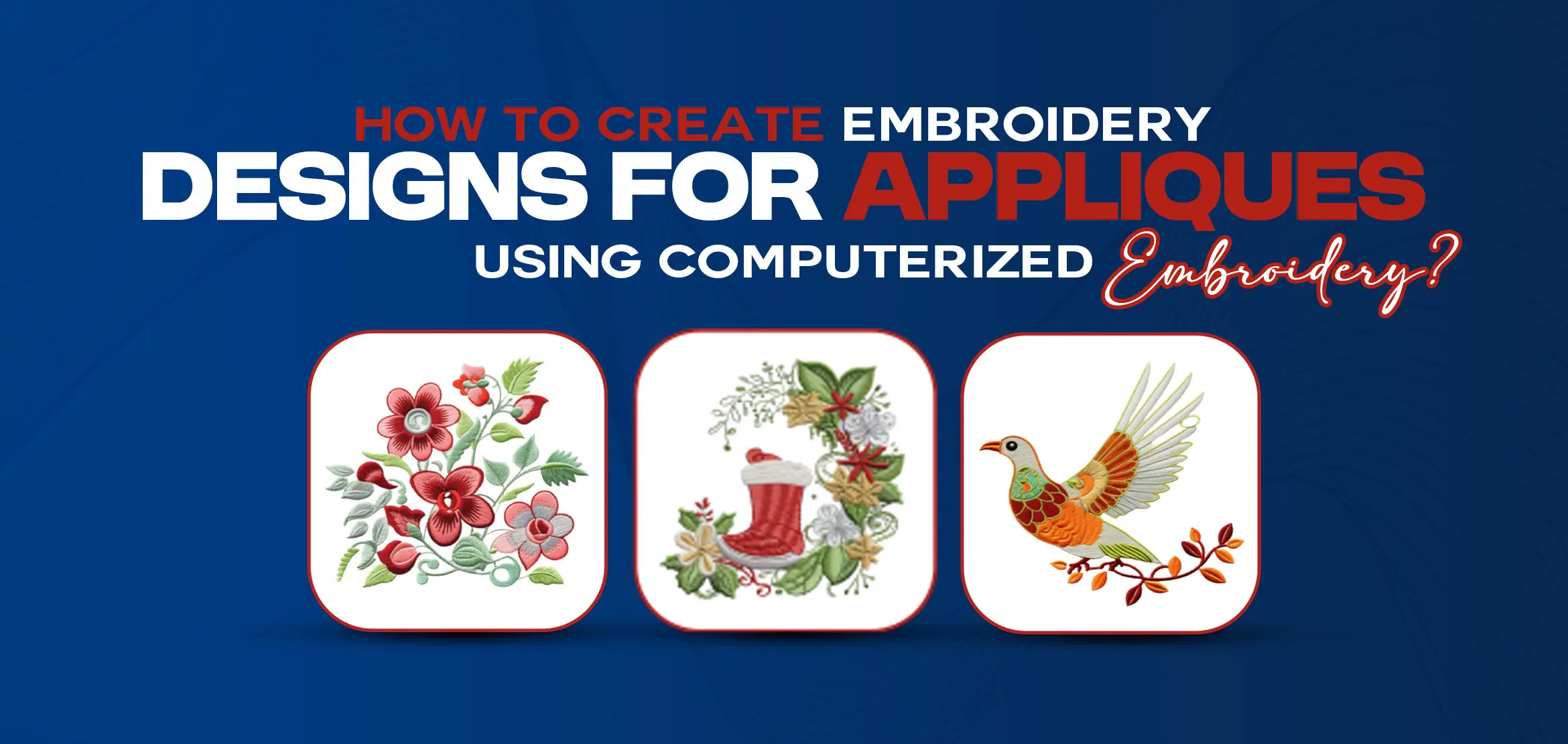
How to Create Embroidery Designs for Appliques Using Computerized Embroidery?
Applique embroidery is an ancient embroidery technique that creates a variety of designs by cutting fabrics into different shapes and sewing designs in different sizes onto a larger base fabric. Today, with the help of computerized embroidery machines, this traditional art has become more precise, efficient, and versatile. Creating applique designs using embroidery software allows you to experiment with layers, colors, and complicated patterns effortlessly. In this guide, we will discuss a step-by-step process of designing appliques digitally, from choosing the right fabric and stabilizer to using embroidery software for perfect stitch placement. By the end, you'll know how to create custom applique embroidery designs that stand out on any fabric.
The ancient sewing technique of applique involves cutting textiles into various shapes and stitching designs of differing sizes onto a larger base fabric to create various motifs. Both hand embroidery and machine embroidery are used in this craft.
Making applique designs
A type of embroidery known as applique includes a wide variety of designs and can be created using a variety of techniques, depending on your preferences. The following are examples of applique embroidery patterns that can be completed by hand or sewing machine:
Smooth edge applique
Raw edge applique
Reverse applique
Decorative applique
Smooth Edge Applique
With the use of a sewing machine, the unfinished edges of the background fabric can be sewn around the shape to tidy it up with a selected stitch, providing the user with a tidy finish that is smooth and neat. This can be achieved using a zigzag stitch.
Raw Edge Applique
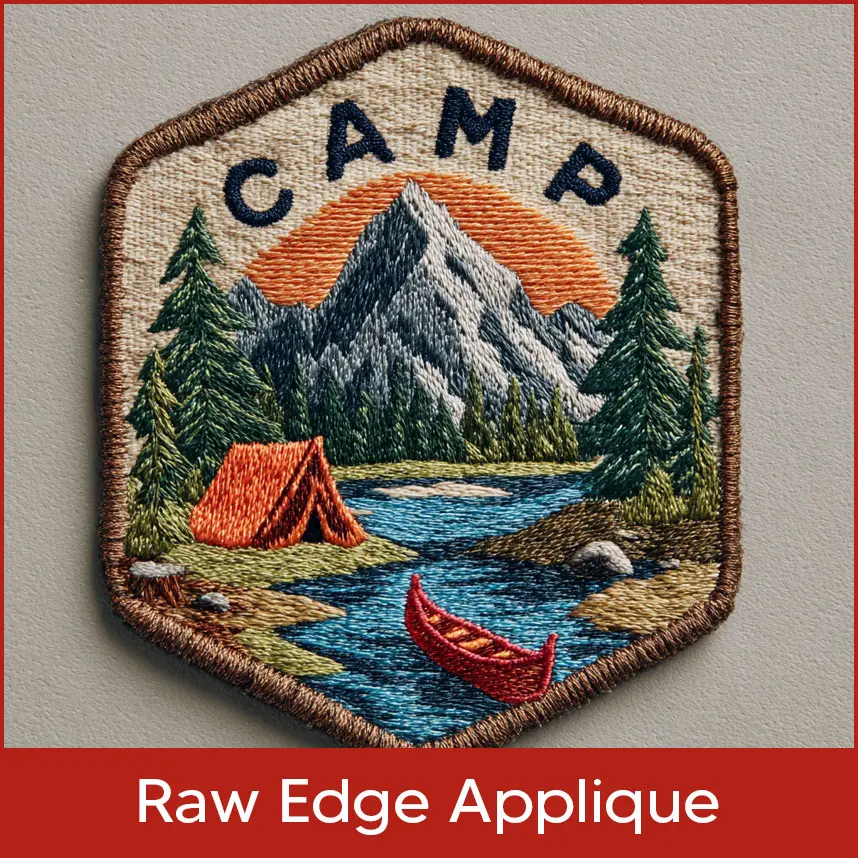
This style works well for projects that won't be used regularly because the raw edges won't be covered with fabric to produce a seamless edge; instead, they'll be fastened to the background fabric. It is left with its current disintegrating edges.
For smaller items like greeting cards or wall-mounted artwork, this style is perfect. Cushions and garments are made with stronger, longer-lasting stitching. This design is flexible and can be altered depending on its intended usage.
Multi-Needle Hoop Applique
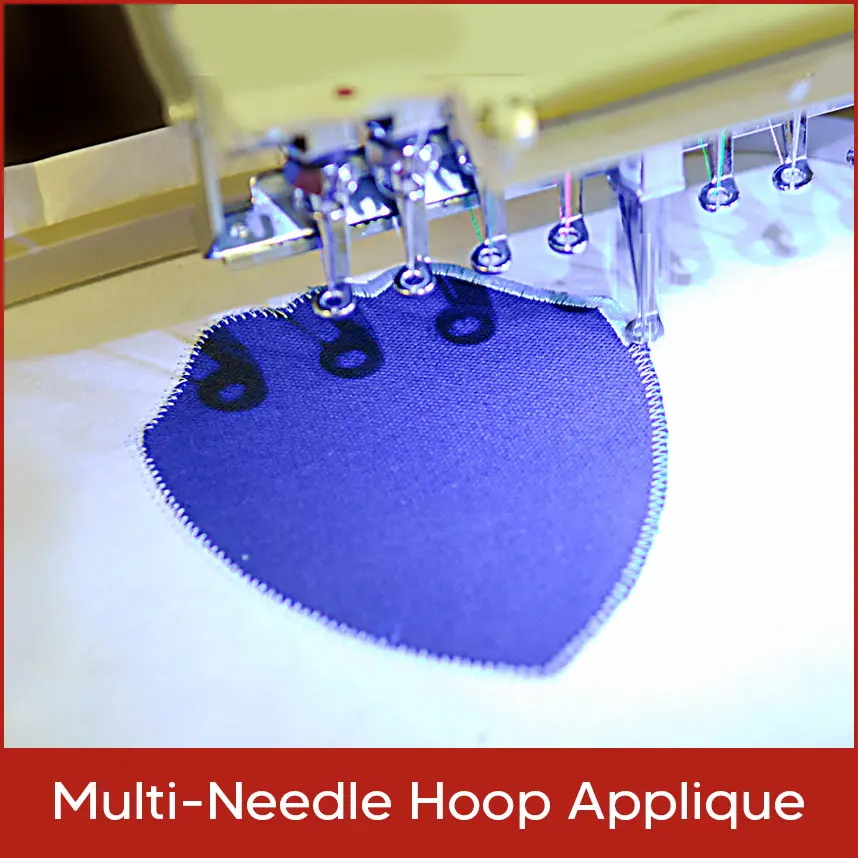
This method requires greater expertise and is seldom applied. It is a machine stitching technique that calls for the use of both an embroidery hoop and a multi-needle sewing machine. The machine may be set up to use various colors and threads.
Each element of your design will be stitched precisely to produce lovely designs. For quilting crafts, it works best. For individuals with greater experience with needlework, this appliqué pattern may be more appropriate.
Reverse Applique
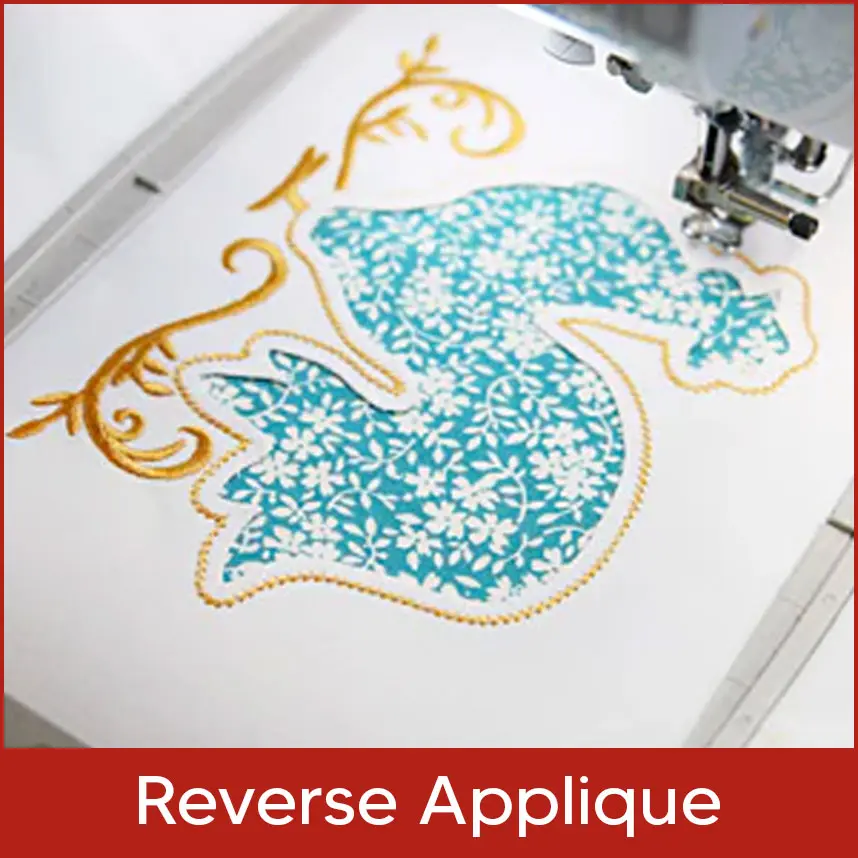
As the name suggests, this technique involves layering materials on top of which a pattern needs to be stitched rather than sewing fabric shapes into the backdrop fabric. Cut portions of the fabric away to reveal the Floral reverse applique's shape and color.
Decorative Applique
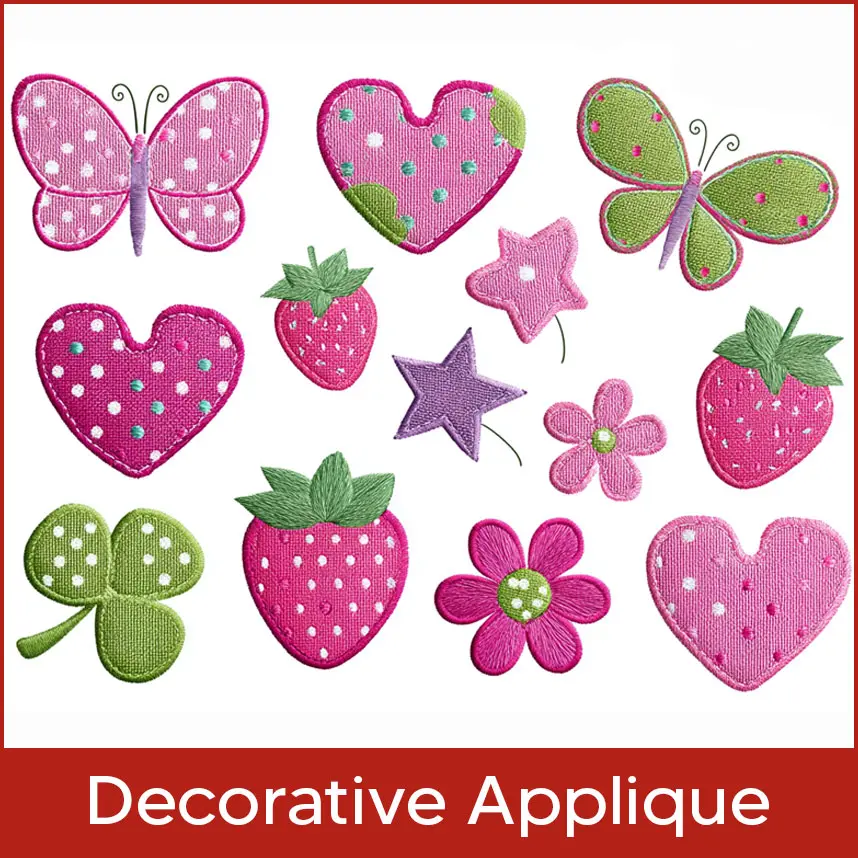
This method is adaptable to many configurations and variants. A machine could accomplish it. If you're using a sewing machine, you have the option of using one of the many available stitching styles to create something visually pleasing. Appliques for decoration can be as bright and artistic as desired.
The Lowdown
While there are many applique options and variations available, this method is among the best that have been tried and proven. It is the greatest approach for people who enjoy experimenting with color and different fabric types. You locate the applique embroidery patterns that are ideal for your embroidery undertaking.
Selecting the Correct Stitch for Machine Applique Embroidery
This is the most crucial aspect of appliqué since it decides how long your pattern will endure. It's good to glue or fuse your applique pieces to a background cloth, but gluing by itself will ultimately wear out, causing your gorgeous design to disintegrate.
Although the zig-zag thread, blanket stitch, and straight stitch are some of the most popular stitches used with fusible appliqué, using diverse stitches may make a simple quilt appear lovely.
Zig-Zag Stitch

Although this pattern is widespread, certain machines offer a variety of zig-zag stitch alternatives. Depending on the machine settings, a zig-zag stitch can provide a variety of looks. One may be a narrow zigzag, while the other may be a satin zigzag.
Narrow Zig Zag

Despite being bold, this stitch cannot be compared to the satin stitch. You may think of the small zigzag as an unseen thread. Although it won't be seen as a solid line of thread, it accomplishes the purpose of holding the edges of the appliqué motifs in place. The stitch is thinner in breadth and longer in stitch length.
Satin Zig Zag

Its name derives from the way the stitches resemble a satiny fabric. It is made up of a series of closely spaced, thick, and dense zig-zag stitches that make it difficult to see any background cloth in between the stitches.
Other Stitches
It is advised that you leave space on your stitch sampler and feel comfortable using various stitches and stitch settings. If you ever wish to try invisible machine applique embroidery, the blind hem stitch should also be tried. It may also be used as decorative stitching.
Conclusion:
In machine embroidery, digitization transforms the current artwork into an applique embroidery designs file that can be used on the embroidery machine when stitches are added to the embroidery software. The software will produce a digital version of the design after just entering the design.
Automatic digitization has a long way to go, even though this is intriguing equipment worth considering. Despite being able to detect the design, the software is still unable to establish stitch settings via various parts of the design. Human intuition is still required for this. As a result, embroidery digitizing services continue to play a crucial role.
